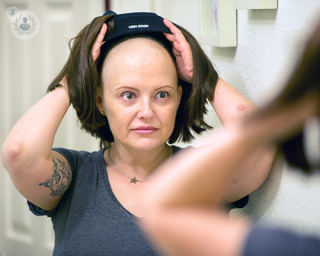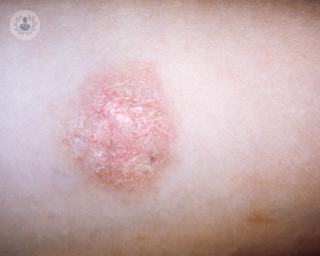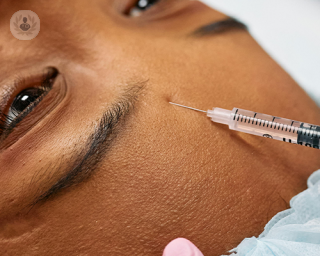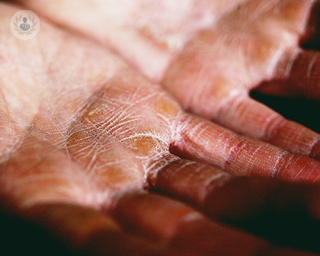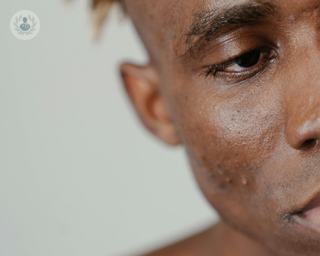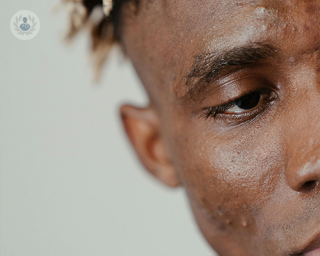
By Dr Rovshan Izamov
23.12.24
Dermatology
Carboxytherapy treatment for acne
Acne is a skin condition characterised by flare-ups of pimples and blemishes that can be quite painful and unsightly. In this article, a consultant aestheticist and dermatologist explains an up-and-coming treatment technique for acne and related scarring: carboxytherapy.

